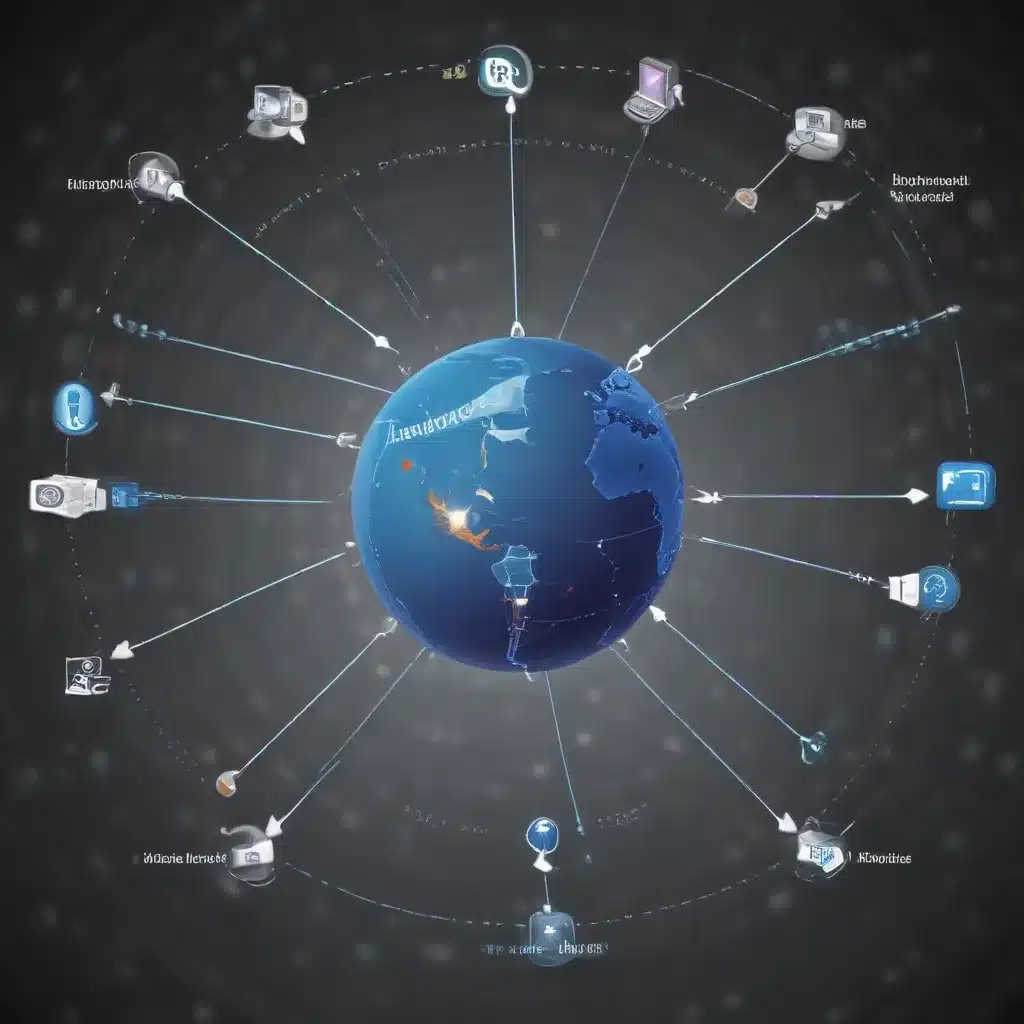
Understanding Heterogeneous Wireless Networks (HWNs)
Heterogeneous wireless networks (HWNs) are a collection of different wireless access technologies, each with its own unique capabilities and limitations. These networks typically include a combination of cellular networks (e.g., UMTS, LTE), wireless local area networks (WLAN), and broadband wireless access (e.g., WiMAX) technologies.
The selection of the optimal network in HWNs is a complex decision-making process that requires considering various factors, such as the user’s location, available network resources, service quality requirements, and user preferences. The classical decision-making procedures can be challenging and uncertain when it comes to selecting the desirable HWNs for voice, video, and data applications.
Introducing Feed Forward Double Hierarchy Linguistic Neural Networks
To address this challenge, we present a novel decision-making model based on feed-forward neural networks using double hierarchy linguistic information. This approach allows us to effectively analyze and select the best HWNs for voice, video, and data applications.
The key features of this approach include:
-
Double Hierarchy Linguistic Term Sets: The utility values of network attributes are converted into double hierarchy linguistic term sets, which can better represent the ambiguity and uncertainty inherent in decision-making.
-
Hamacher Aggregation Operators: We utilize Hamacher t-norm and t-conorm to define Hamacher aggregation operators for manipulating the double hierarchy linguistic term sets. This allows us to consider various decision-making perspectives.
-
Feed Forward Neural Network: The proposed decision-making model is based on a feed-forward neural network architecture, which can effectively process the double hierarchy linguistic information and determine the optimal HWNs for voice, video, and data applications.
Methodology: Selecting the Best HWNs using Feed Forward Double Hierarchy Linguistic Neural Networks
The steps of the proposed decision-making model are as follows:
-
Gather Expert Decision Matrices: We collect three expert decision matrices in the form of double hierarchy linguistic term sets, representing the utility values of network attributes for voice, video, and data applications.
-
Determine Criteria Weights: We use the entropy measure method to calculate the corresponding criteria weights for the expert matrices.
-
Calculate Hidden Layer Information: The Hamacher weighted averaging aggregation operation is used to aggregate the input signals and their corresponding weights to compute the hidden layer information of the feed-forward double hierarchy linguistic neural network.
-
Compute Hidden Layer Weights: We calculate the criteria weights of the hidden layer information using a dedicated formula.
-
Determine Output Layer Information: The Hamacher weighted averaging aggregation operation is applied again to calculate the output layer information of the feed-forward double hierarchy linguistic neural network.
-
Apply Activation Function: The sigmoid activation function is used on the output layer information to obtain the final decision output.
-
Rank the Alternatives: The ranking of the output data is used to select the best HWNs for voice, video, and data applications.
The flowchart of the proposed feed-forward double hierarchy linguistic neural network is provided in Figure 4.
Evaluating the Best HWNs for Voice, Video, and Data
In this study, we consider four potential HWNs: UMTS, LTE, WLAN, and WiMAX. The selection of the best HWNs is based on the following criteria:
- Bandwidth (BW): The maximum data transfer speed across a given path.
- Delay: The latency or slowness of voice, video, and data applications.
- Delay Jitter: The variation in the end-to-end delay between successive data packets.
- Packet Loss Ratio: The ratio of lost packets to the total number of transmitted packets.
- Cost: The service cost that customers are willing to pay.
Using the proposed feed-forward double hierarchy linguistic neural network, we analyze the expert decision matrices and calculate the hidden layer, output layer, and final ranking of the HWNs for voice, video, and data applications. The results show that LTE emerges as the best HWN option for all three application types (Table 6, Figure 7).
Comparison with Other MCDM Methods
To further validate the proposed approach, we compared the results of the feed-forward double hierarchy linguistic neural network with other multi-criteria decision-making (MCDM) methods, including Extended TOPSIS, GRA, EDAS, WS, WP, and WASWAS. The comparison (Table 7, Figure 8) confirms that the LTE network is consistently ranked as the best HWN choice across all the evaluated methods.
Advantages and Limitations of Feed Forward Neural Networks
The feed-forward neural networks (FFNNs) used in this decision-making model offer several advantages:
Advantages:
– Flexible tool for a variety of tasks, such as classification, regression, and prediction.
– Ability to handle incomplete and noisy data, and extrapolate from instances.
– Scalability to work with large datasets.
Limitations:
– Prone to overfitting, especially when the network is too large or the training data is scarce.
– Computationally costly to train, particularly for large datasets or complex architectures.
– Potential challenges in real-time applications due to the training time required.
Conclusion and Future Directions
In this article, we have presented a novel decision-making model based on feed-forward double hierarchy linguistic neural networks for the selection of the best HWNs for voice, video, and data applications. By leveraging the advantages of double hierarchy linguistic term sets, Hamacher aggregation operators, and feed-forward neural networks, we have developed a reliable and practical approach to address the complex challenge of HWN selection.
The proposed method outperforms other MCDM techniques and consistently identifies LTE as the optimal HWN choice for the evaluated criteria. This work can be further extended to group decision-making problems, emergency decision scenarios, and three-way decision-making applications using feed-forward neural networks.












